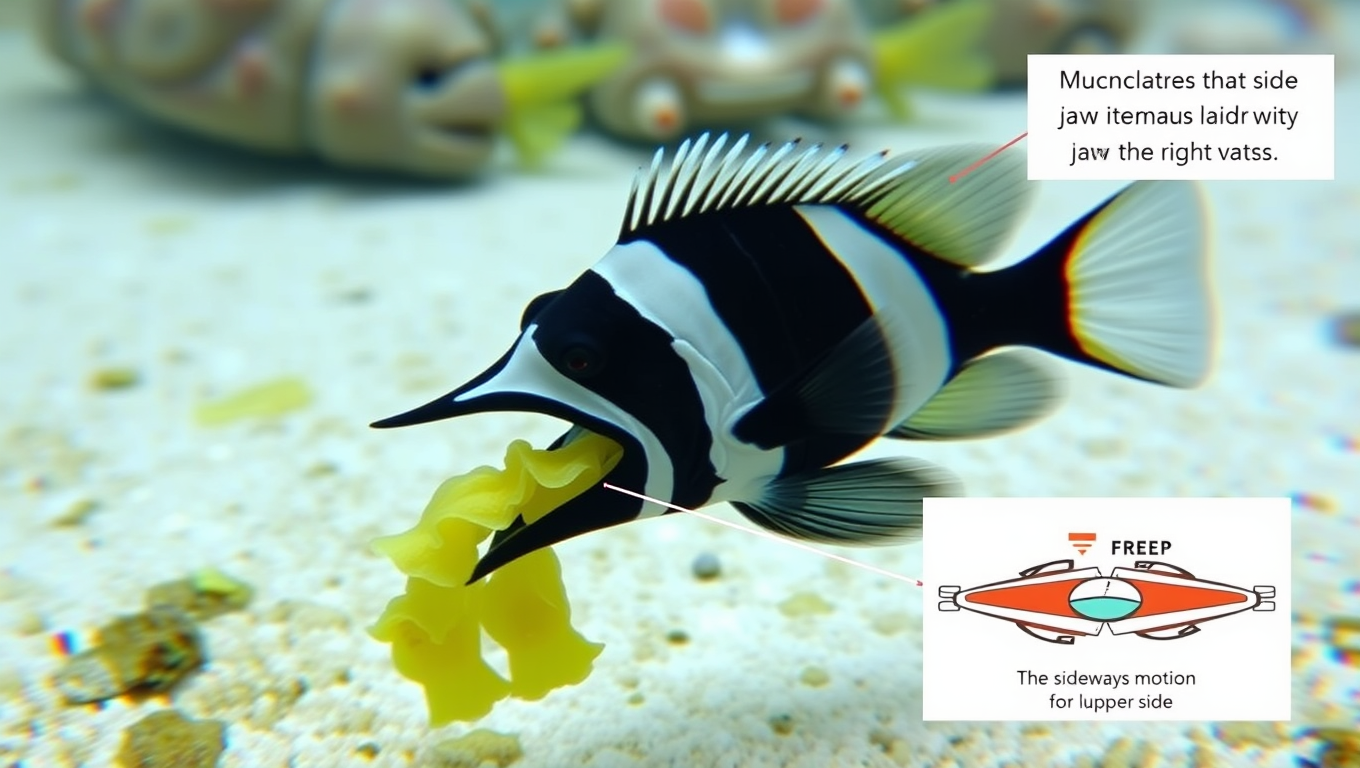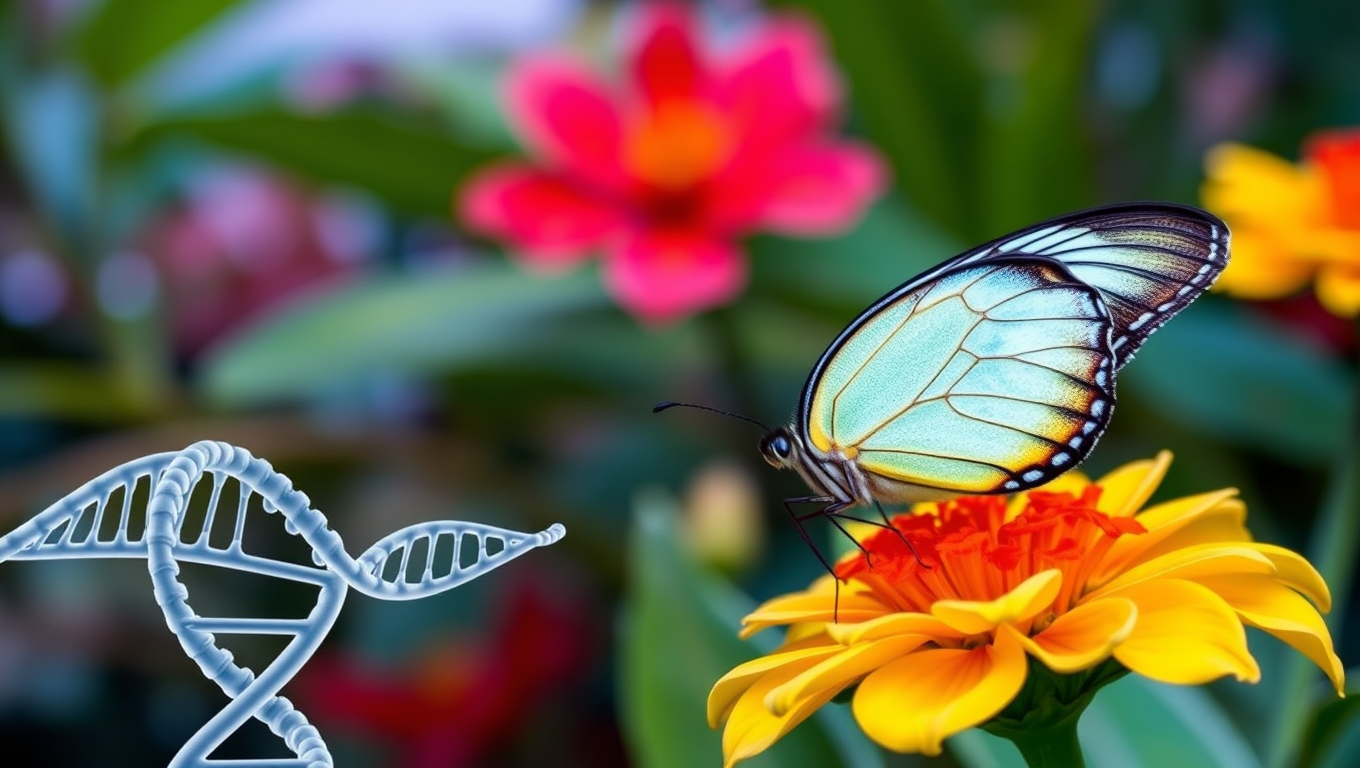While we try to keep things accurate, this content is part of an ongoing experiment and may not always be reliable.
Please double-check important details — we’re not responsible for how the information is used.
Ecology Research
“Reef Fish with a Secret: Uncovering Jaw Movement in Zanclus and Surgeonfish”
Some reef fish have the unexpected ability to move their jaws from side to side, biologists have discovered. This ability — which is rare among vertebrate animals — allows these fish to feed rapidly and efficiently on algae growing on rocks.

Air Quality
Greenland’s Glacial Runoff Fuels Explosive Growth in Ocean Life
NASA-backed simulations reveal that meltwater from Greenland’s Jakobshavn Glacier lifts deep-ocean nutrients to the surface, sparking large summer blooms of phytoplankton that feed the Arctic food web.
Cultures
Uncovering Ancient Secrets: Three Worlds Frozen in Time beneath Illinois for 300 Million Years
Over 300 million years ago, Illinois teemed with life in tropical swamps and seas, now preserved at the famous Mazon Creek fossil site. Researchers from the University of Missouri and geologist Gordon Baird have reexamined a vast fossil collection, uncovering three distinct ancient environments—freshwater, transitional marine, and offshore—each with unique animal life. Their findings, enhanced by advanced imaging and data analysis, reveal how sea-level changes, sediment conditions, and microbial activity shaped fossil formation.
Ecology Research
Unveiling Hidden Species: DNA Discovery Rewrites Evolutionary Tree of Glasswing Butterflies
Glasswing butterflies may all look alike, but behind their transparent wings hides an evolutionary story full of intrigue. Researchers discovered that while these butterflies appear nearly identical to avoid predators, they produce unique pheromones to attract suitable mates from their own species. A massive genetic mapping effort has now revealed six new butterfly species and uncovered a surprisingly high level of chromosomal rearrangement that helps explain why these butterflies evolve so rapidly.
-

 Detectors9 months ago
Detectors9 months agoA New Horizon for Vision: How Gold Nanoparticles May Restore People’s Sight
-

 Earth & Climate10 months ago
Earth & Climate10 months agoRetiring Abroad Can Be Lonely Business
-

 Cancer9 months ago
Cancer9 months agoRevolutionizing Quantum Communication: Direct Connections Between Multiple Processors
-

 Albert Einstein10 months ago
Albert Einstein10 months agoHarnessing Water Waves: A Breakthrough in Controlling Floating Objects
-

 Chemistry9 months ago
Chemistry9 months ago“Unveiling Hidden Patterns: A New Twist on Interference Phenomena”
-

 Earth & Climate9 months ago
Earth & Climate9 months agoHousehold Electricity Three Times More Expensive Than Upcoming ‘Eco-Friendly’ Aviation E-Fuels, Study Reveals
-

 Diseases and Conditions10 months ago
Diseases and Conditions10 months agoReducing Falls Among Elderly Women with Polypharmacy through Exercise Intervention
-

 Agriculture and Food10 months ago
Agriculture and Food10 months ago“A Sustainable Solution: Researchers Create Hybrid Cheese with 25% Pea Protein”





























